Not everyone has an unlimited marketing budget.
Even if you’ve got cash to spend, don’t pour it into campaigns without a plan. You want reach, but you also want efficiency—every dollar should move you toward specific goals.
You don’t need a massive spend to market effectively. We’ve proven this repeatedly.
We’ve tested both extremes across our ventures—periods of heavy ad spend and periods of scrappy, low-cost growth.
Spending can pay off, but you still have plenty of budget-friendly tactics that drive results.
Below are the best low-cost strategies we’ve used for our own brands and with clients.
Here are 10 proven ways to market your business on a budget.
1. Create and distribute videos
Contrary to what many believe, you don’t need a big production budget to make effective videos.
You can DIY most of it. Skip the fancy gear—today’s smartphones shoot high-quality video. If you want a small upgrade, buy a lav mic and a simple light; those two items go a long way.
Short, clear videos can lift awareness and sales when they’re useful and easy to watch. Focus on strong hooks, good lighting, clear audio, captions, and a single call to action.
Videos consistently contribute to higher conversion and click-through performance when they answer real customer questions and show the product in action.
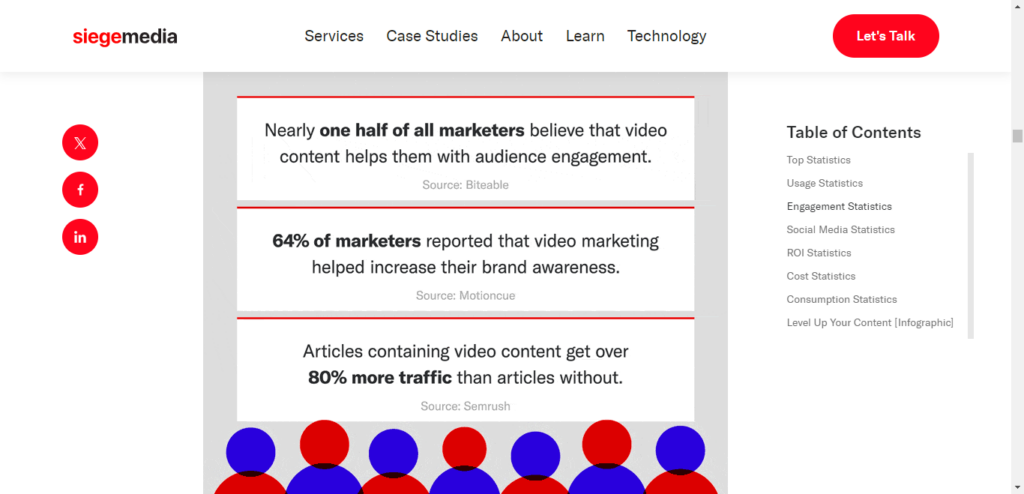
If you aren’t using video yet, now’s the time to start.
Online video keeps growing every year. Plan a repeatable cadence (for example, one tutorial or product demo each week) and stick to it.
Many shoppers look up videos about products and services before buying. Cover the full funnel: quick problem/solution shorts, step-by-step demos, FAQs, comparisons, and customer stories.
Video is versatile. Publish once and distribute everywhere.
Upload to YouTube first for discoverability. Then embed on relevant pages, clip highlights for social, turn transcripts into blog posts, and include the best pieces in your email campaigns.
What should you film?
Anything that builds trust: quick how-tos, unboxings, behind-the-scenes, customer testimonials, feature walkthroughs, and answers to common objections.
Make it practical, short, and action-oriented—then point viewers to the next step.
2. Make lots of infographics
Good infographics are fast to consume and easy to share. You can create them quickly with simple design tools.
To show the value, here’s an example infographic explaining their benefits.

Most people scan pages rather than read every word. Clear visuals help your key points stand out for scanners and skimmers.
How does this help marketing?
Publish original infographics on your site with a short write-up and an embed code. Other sites will use them (and link back), sending referral traffic and improving your authority.
Keep data current and cite sources directly in the graphic or in the caption so others feel confident sharing it.
Pro tip: Create a series around a theme (e.g., “2025 Benchmarks”) and interlink the posts to build topical depth.
3. Publish high-quality content
This sounds obvious, yet many brands still publish thin or generic posts. That’s a missed opportunity.
Great content is free to publish and compounds over time. If writing isn’t your strength, outline simple formats: checklists, comparisons, templates, FAQs, and best practices specific to your niche.
Write from experience. Show your process, add screenshots, include mini-case studies, and call out mistakes to avoid.
Content quality has risen in recent years; longer posts aren’t enough—usefulness wins. Focus on clear answers, expert guidance, and next steps.
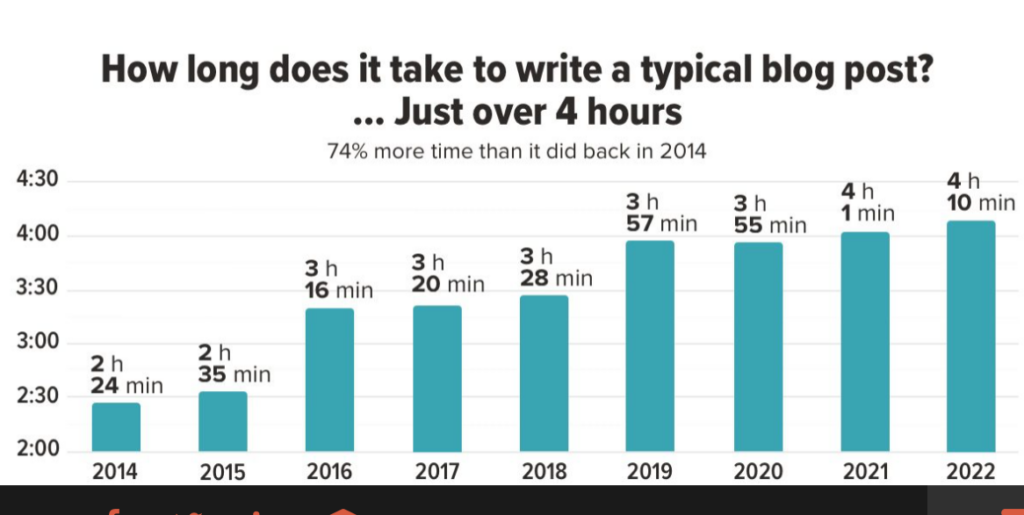
Short on time? Publish less frequently but make each piece excellent. Include a table of contents, summaries, and clear CTAs.
If bandwidth is an issue, hire a freelancer or assign writing to a team member who knows the subject matter. One strong post can outperform five mediocre ones.
Keep a refresh schedule. Update top posts with new examples, screenshots, and internal links so they stay accurate and continue to rank.
4. Stay active on Instagram
Instagram remains a powerful channel for brand discovery and community building, with over 2 billion people using it each month.
It’s lightweight to produce for—photos, short videos, and carousels take a fraction of the time a full blog post does.
Captions still matter. Use them to add context, tell a quick story, and invite action (save, comment, tap link in bio).
Among major networks, Instagram consistently ranks near the top for monthly users and engagement.
If you’re not active there, your competitors likely are. Show up consistently.
Mix formats: feed posts, Stories for daily touchpoints, and Reels for reach. Share user content (with permission) and highlight customer results.
Use your bio link strategically (collections, new launches, top guides) and reply quickly to DMs and comments to convert interest into conversations.
Have some budget? Test targeted ads that amplify best-performing posts or drive traffic to a specific offer.
5. Don’t neglect your email subscriber list
If you’re collecting emails, use them. You’re already paying for the platform—make it earn its keep.
Costs often scale with list size. That’s fine—growth means more people want to hear from you.
Your list likely includes many existing customers. Don’t chase only new buyers; nurture the people who already trust you.
Selling to existing customers is easier and cheaper than acquiring new ones. Treat email as a relationship channel, not just a sales channel.
Email continues to deliver some of the strongest ROI when messages are relevant and timed well.
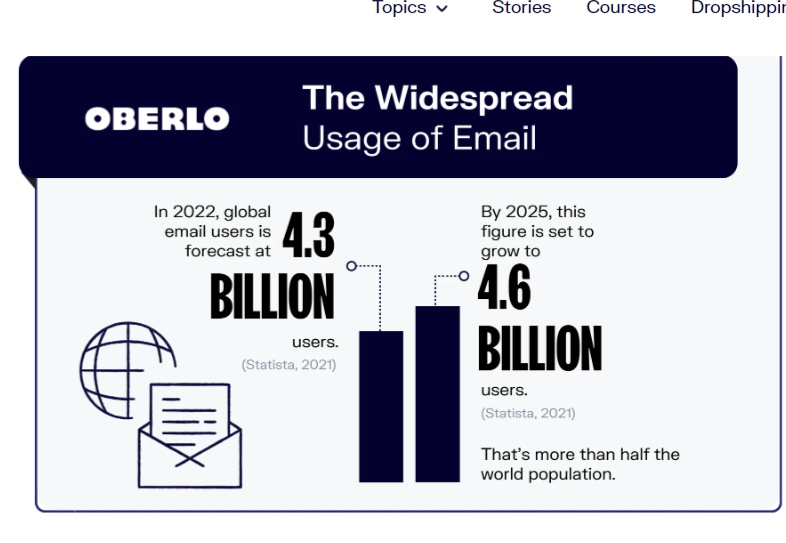
Send a useful weekly or monthly newsletter with product tips, how-tos, and fresh content. Add a clear CTA in each email.
Include limited-time deals and loyalty offers—simple coupons still convert.
Segment by behavior (purchasers, repeat buyers, first-time visitors) and trigger automations for welcomes, abandoned carts, and re-engagement. Reuse strong video content here as well.
6. Recycle old content
Short on time and budget? Repurpose what you’ve already created.
Turn a high-performing post into an ebook or checklist. Convert key stats into social carousels. Record a quick video summarizing a long guide.
Have original research? Repackage the data as charts, mini infographics, and short “insight” posts. Link them back to the full study.
Audit old promo assets. If coupons or flyers don’t have expiration dates, use them. For dated content, refresh the copy, update screenshots, and clearly mark what’s new.
7. Run a contest that encourages user-generated content (UGC)
UGC is powerful and low-cost. You’ll give away a prize, but the exposure and authentic content are worth far more.
Ask customers to share a photo or short video using your product with a branded hashtag. Keep entry rules simple and the prize relevant to your audience.
UGC doubles as social proof—real customers showing real results.
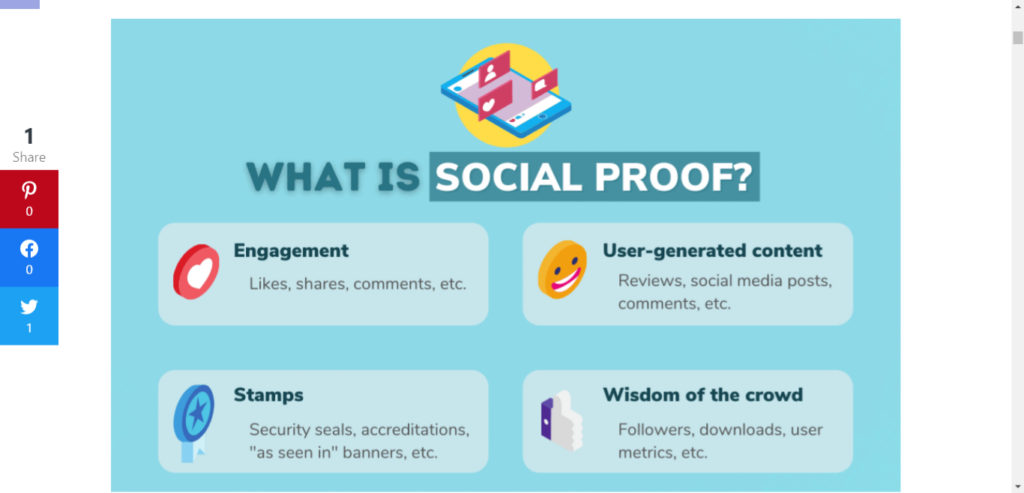
Choose a time window, then award the prize to the most helpful, creative, or liked post. You’ll expand reach as entrants share their entries with friends.
Make rights clear so you can feature winners on your site, product pages, and ads. Highlight top entries to keep the momentum going.
People trust recommendations from people they know, and authentic customer posts tend to stick in memory more than brand content.
UGC also informs product development—watch what customers highlight and what questions they ask.
8. Launch a customer referral program
Referrals work for the same reason UGC works—trust. A recommendation from a friend reduces risk and speeds up the decision.
Let happy customers market for you by rewarding them for sharing. Double-sided incentives (a reward for the referrer and the new customer) perform best.
Many businesses rely on referrals for a steady stream of new customers—structure yours so it’s easy to join and easy to share.

Set rewards that match your average order value so the incentive actually motivates action. Offer credit, a discount, or a free month—whatever fits your model.
Big consumer apps have popularized this with ride credits and similar perks—small brands can adapt the same idea.

Make sharing frictionless with unique links, clear instructions, and a simple landing page that explains the offer in one screen.
9. Take advantage of any guest-posting opportunities
Don’t only publish on your own site. Guest posts put your expertise in front of new audiences and can drive qualified referral traffic.
Why write for someone else? Because it builds your authority in communities that haven’t met you yet.
Pitch topics that fill gaps on the host site, share original data or examples, and include clear, helpful takeaways. A concise author bio and relevant in-content links can send readers to your best resources.
Quality external links to your site also help search engines understand your relevance on a topic.
10. Broadcast live
Live video blends social reach with real-time interaction—no big budget required.
Go live on Facebook, YouTube, and Instagram to demo products, answer questions, or do quick workshops.
Live sessions feel authentic and build trust because viewers can interact with you in the moment.
Run Q&As, collect feedback, share launches, or announce limited-time offers while you’re live.
Live video continues to grow in watch time and engagement compared to many other formats.
Many viewers prefer watching a brand’s live video over reading a long post when they want quick answers or a closer look at a product.
People consume more kinds of online video every year, across more platforms and devices, which expands your potential reach.
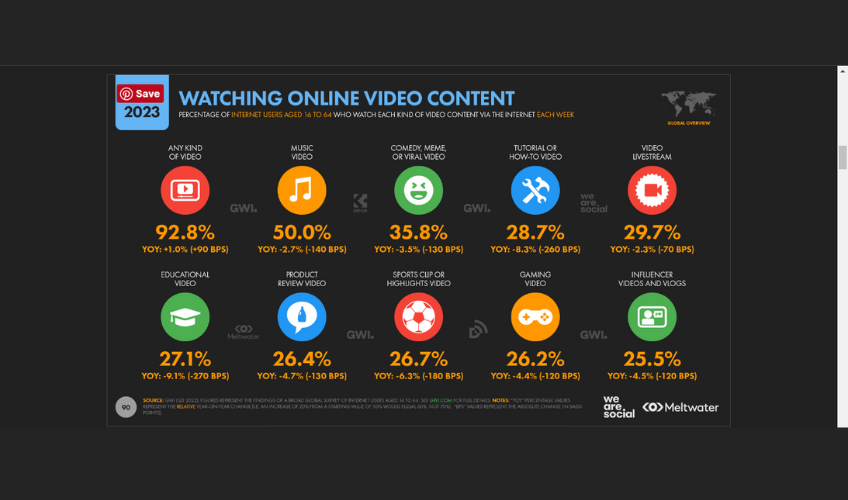
Plan a simple outline, announce the time in advance, and save the recording so you can clip and reuse highlights later.
Conclusion
Marketing doesn’t have to be expensive. With the right strategy, you can grow reach and revenue without draining your budget.
Start with video and distribute it everywhere.
Create scannable infographics and publish genuinely helpful articles. Pitch smart guest posts to get in front of new audiences.
Show up consistently on Instagram, run UGC contests, and launch a simple referral program that rewards sharing.
Refresh and repurpose existing content whenever you’re pressed for time.
Email your subscribers with useful content and clear offers, and go live to connect in real time.
Follow these steps and you’ll market your brand effectively—without overspending.
